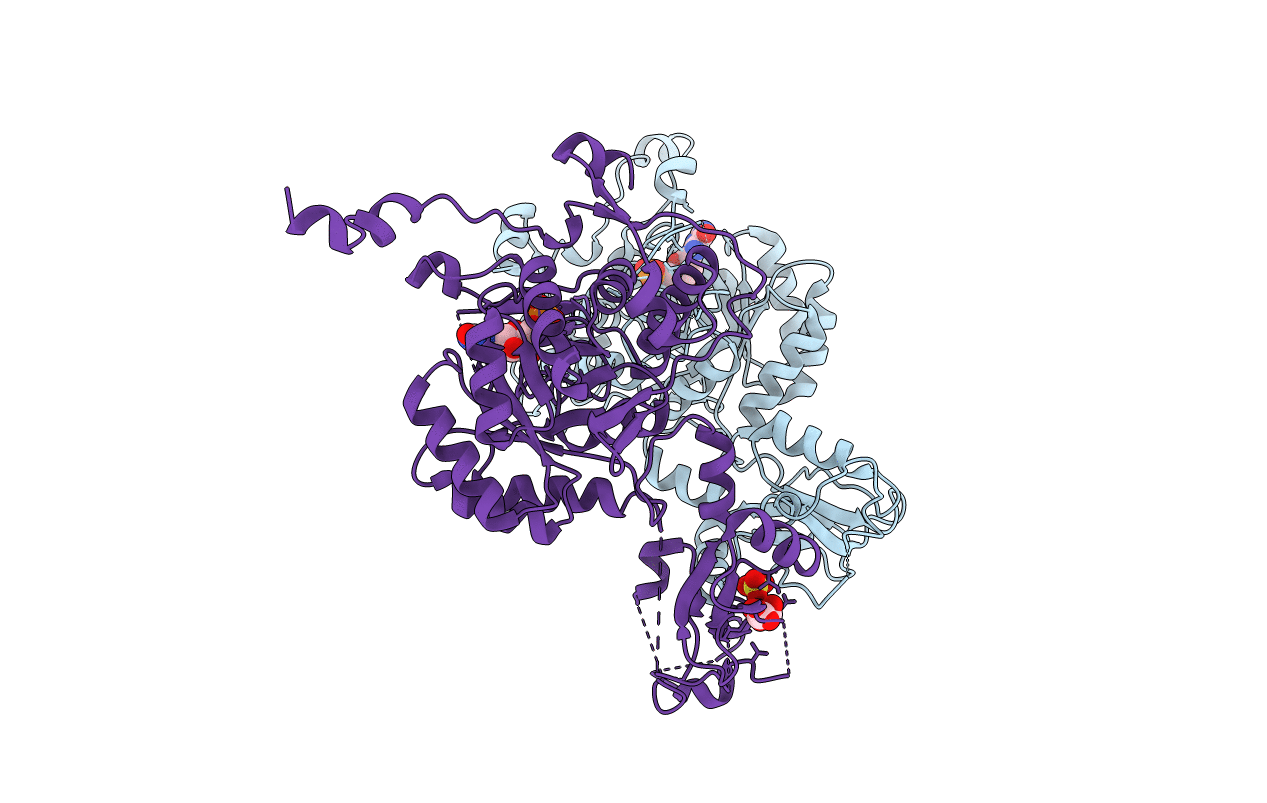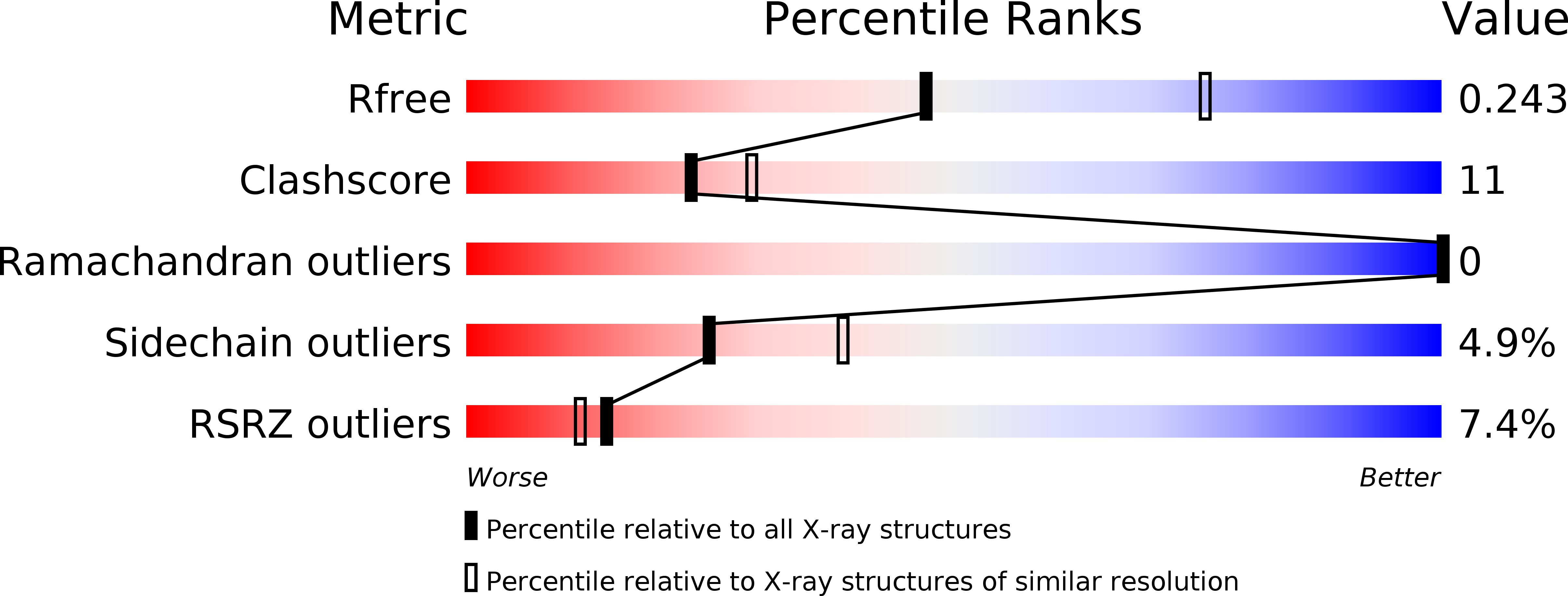
Deposition Date
2011-09-13
Release Date
2011-10-05
Last Version Date
2023-09-13
Entry Detail
PDB ID:
3TSD
Keywords:
Title:
Crystal Structure of Inosine-5'-monophosphate Dehydrogenase from Bacillus anthracis str. Ames complexed with XMP
Biological Source:
Source Organism:
Bacillus anthracis (Taxon ID: 198094)
Host Organism:
Method Details:
Experimental Method:
Resolution:
2.65 Å
R-Value Free:
0.24
R-Value Work:
0.19
R-Value Observed:
0.19
Space Group:
I 4


